(Prices correct as of today’s date, are updated daily, are subject to change and represent genuine availability at time of update).
Cruise only holidays are financially protected by ABTA. Fly cruise holidays are financially protected by Princess Cruises under ATOL number 6294
Please click here to check the essential travel requirements before booking this cruise.
Want to add a hotel stay or change your flights?
Just call our team of cruise specialists to help build your dream cruise holiday today!
Prices based on 2 people sharing. Cruise only price does not include flights. Fly-cruise price may vary by chosen UK airport.
Itinerary

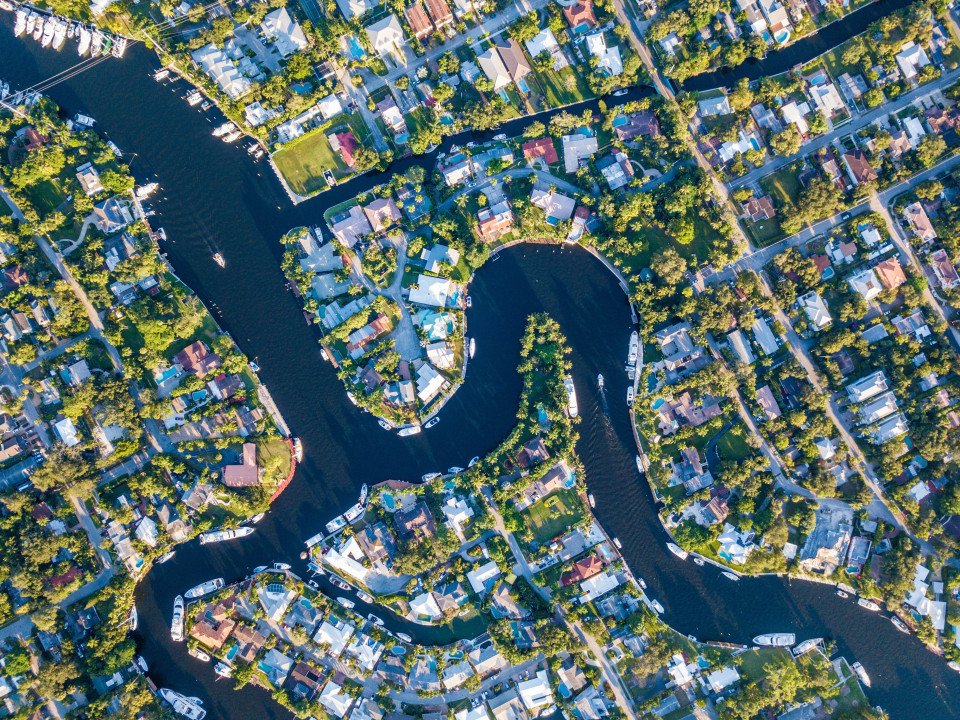

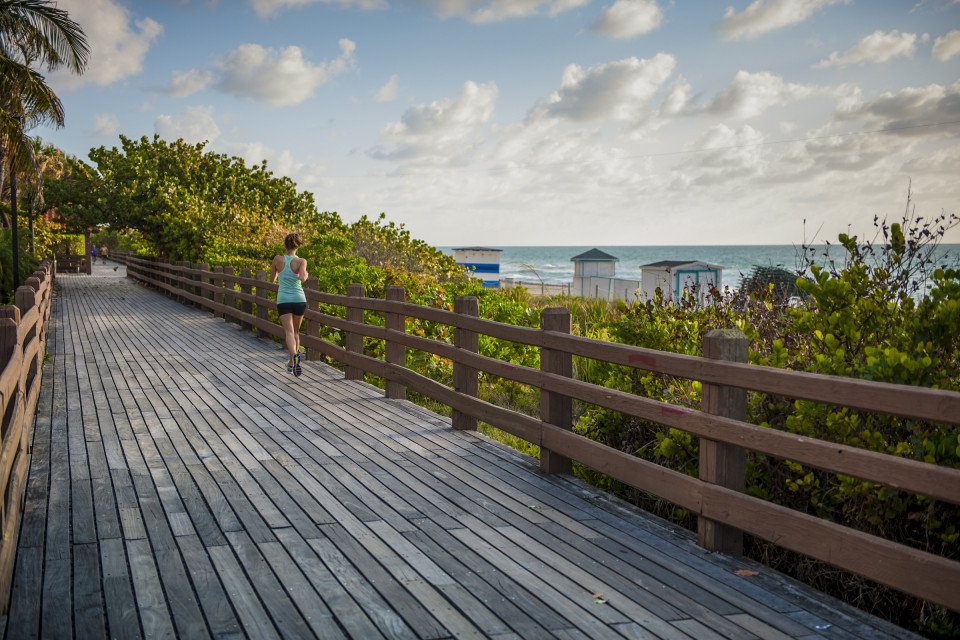
Fort Lauderdale, Florida
Like many southeast Florida neighbors, Fort Lauderdale has long been revitalizing. In a state where gaudy tourist zones often stand aloof from workaday downtowns, Fort Lauderdale exhibits consistency at both ends of the 2-mile Las Olas corridor. The sparkling look results from upgrades bot... Read More
Fort Lauderdale, Florida
Princess Cays
At Sea
Saint Thomas
Dominica
Castries
Martinique
Saint John's
At Sea
At Sea
Fort Lauderdale, Florida
At Sea
At Sea
Tortola
Sint Maarten
Saint John's
Saint Kitts
Saint Thomas
Grand Turk Island
At Sea
Fort Lauderdale, Florida
What's Included with
Princess Cruises
Delve into cuisines from across the globe with various dining options when you hop on-board a Princess Cruises ship. Enjoy exclusive cocktail receptions, deck parties, themed nights and entertainment throughout the day and into the evening. When you choose Princess Cruises for your next adventure you can enjoy peace of mind that you have everything you need when gliding the waves. Discover everything that a Princess Cruises sailing has to offer when you opt for an all-inclusive cruise holiday.
Accommodation
Entertainment throughout the day and evening
Use of swimming pools, hot tubs, fitness centre and leisure facilities where available
Return flights included from a choice of UK airports (fly cruise bookings only)
Room service from 6am to 11pm
Port taxes
Youth programmes for babies to 17-year-olds
Adult only areas
Exclusive cocktail receptions and deck parties on-board
Sailaway parties, themed nights and deck parties
Lemonade, water and iced tea available in selected venues
Shuttle service to and from ports and airport where available
Explore Caribbean Princess






The Salty Dog Grill
While you're enjoying the fresh air on the top deck, treat yourself to one of our 100% handmade Gourmet Burgers, including our Princess Burger or Triple Smoked Burger. The Salty Dog Grill also offers new Street Tacos—a Princess first—featuring a choice of grilled chipotle-lime chicken or roasted sweet potato-green chile. And don’t miss the Classic Hot Dogs, plus loaded fries in tempting varieties including chilli cheese and bacon & cheese.

Princess Theatre
Broadway-Style Productions at Sea
With dazzling stage sets, artists from around the globe, modern hits and timeless classics, the Princess Theatre, our largest theatre yet, showcases lavish, original productions with dynamic cast members in sumptuous surroundings. In this ultramodern theatre, relax in a plush seat with unobstructed sight lines as the velvet curtain goes up, a state-of-the-art lighting system illuminates the stage, and it’s on with the show!





Pools & Hot tubs
Soak in a World of Relaxation
Take a dip in our sparkling freshwater pools and leave your everyday world behind. Unwind on a padded lounger and soak up the sun, catch up on reading, listen to music or dream of your next adventure on board or ashore. And what better way to relax and revitalise after a day exploring the world than a long soak in one of our whirling hot tubs. And don’t forget, there is always a server nearby to bring you a refreshing cocktail or favourite beverage



The Reef Splash Zone
Splash into The Reef
The Reef Splash Zone is the ultimate spot for families of all ages! The newly reimagined space features an interactive water playground with a splash pool, water showers and a whale feature that “rains” from its fluke. Plus a new Game Zone with oversized backyard games, comfy lounge sectionals and a kid-friendly bar setting so families can enjoy cocktails and mocktails during a day of splashing, laughing and playing.
Deck 18 & 19

- Skywalkers Nightclub
- Sports Court
- The Skywalker Motorised Walkway
Deck 17

- Hot Tub
- Morgan's Bar
- Pirate's View Pool
- Platinum Studio
- Princess Links 5 Hole Golf Course
- Splash Pool
- Sun Terrace
- The Sanctuary
Deck 16

- Lotus Spa
- Movies Under The Stars
- Teen Centre
- Tradewinds Bar
- Wedding Chapel
- Youth Centre
- Fitness Centre
Deck 15

- Blackbeard's Bar
- Pool Bars
- Calypso Reef & Pool
- Horizon Court & Café Caribe
- Horizon Terrace
- Hot Tubs
- Neptune's Reef & Pool
- Prego Pizzeria
- Scoops Ice Cream Bar
- Trident Grill
- Interior Staterooms
- Oceanview Staterooms
- Balcony Staterooms
- Suites
Deck 14

- Terrace Pool
- Interior Staterooms
- Oceanview Staterooms
- Balcony Staterooms
- Suites
Deck 12

- Interior Staterooms
- Balcony Staterooms
- Suites
Deck 11

- Interior Staterooms
- Balcony Staterooms
Deck 10

- Interior Staterooms
- Balcony Staterooms
- Suites
Deck 9

- Interior Staterooms
- Balcony Staterooms
- Mini-Suites
- Suites
Deck 8

- Interior Staterooms
- Balcony Staterooms
- Oceanview Staterooms
- Suites
- Mini-Suites
Deck 7

- Shops & Boutiques
- Club Fusion
- Crooners Lounge & Bar
- Sabatini's Restaurant
- Explorers Lounge
- Photo Gallery
- Princess Theatre
- Wheelhouse Bar
- Grand Casino
Deck 6

- Churchill Cigar Lounge
- Coral Dining Room
- Crown Grill
- Palm Dining Room
- Princess Theatre
- Shore Excursions
- Suites
Deck 5

- 24-hour International Café
- Internet Café
- Island Dining Room
- Library
- Lobby Bar
- Princess Fine Arts Gallery
- The Piazza
- Vines Bar
- Oceanview Staterooms
- Interior Staterooms
Deck 4

- Medical Centre
Caribbean Princess Cabins & Suites

Interior


Oceanview


Premium Balcony








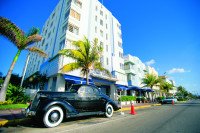
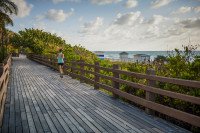

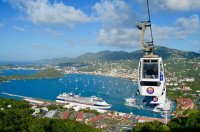



-custom_banner-thumb.jpg)






-custom_banner-banner_half.jpg)


-large_thumb.jpg)









